Basic Storage Devices of A Computer
- Identify the different types of basic storage devices
- Explain the uses of basic storage devices
- State the uses of storage devices
- Identify the importance of storage devices
- Explain why information should be stored
Explanations to week content
Storage keeps data, information and instructions for use in the future. All computers use storage to keep the software that makes the hardware work.
When a user saves information or data to a storage medium he or she is storing a file, and this process is called writing. When the file is opened the process is called reading.
Data storage is very important of the information processing cycle. It is important to store data in order to be processed or accessed later.
A data storage system has two main components - a storage medium and a storage device.
Storage Devices
Storage devices are the computer hardware used for saving, carrying and pulling out data. It keeps and retains information for short or long term.
It can be a device inside or outside a computer or server.
Storage devices are also known as secondary storage or external storage. It allows information to be saved or stored permanently after the computer has been turned off.
Uses of Storage Devices
Storage Medium
A storage medium (plural is media) is the physical materials on which data, information and instructions are kept.
Types and uses of basic storage devices
There are many storage devices capable of storing large amounts of information. The most widely used storage devices include:
Hard Disk Drive

The hard disk drive is the main permanent (non-volatile) storage devices capable of remembering vast amounts of data.
It stores vital information such as the operating system instructions of the computer, installed application software and files. It has a rectangular metallic case that protects its contents from damage.
Inside the rectangular metallic case are flat, rigid discs made up of aluminum or glass and coated with magnetic iron oxide particles called platters that hold data in a magnetic form.
An electromagnet in the read/write head charges the disk’s surface with either a positive or negative charge, this is how binary 1 or 0 is represented.
The read/write head is then capable of detecting the magnetic charges left on the disk’s surface, this is how data is read.
The hard disk drive is preferred to the other types of storage devices because it provides larger storage capacity (can range from gigabytes to terabytes), fast access times of files and highly economical. Data is also more secure on a hard disk than the other storage devices.
Floppy Disk
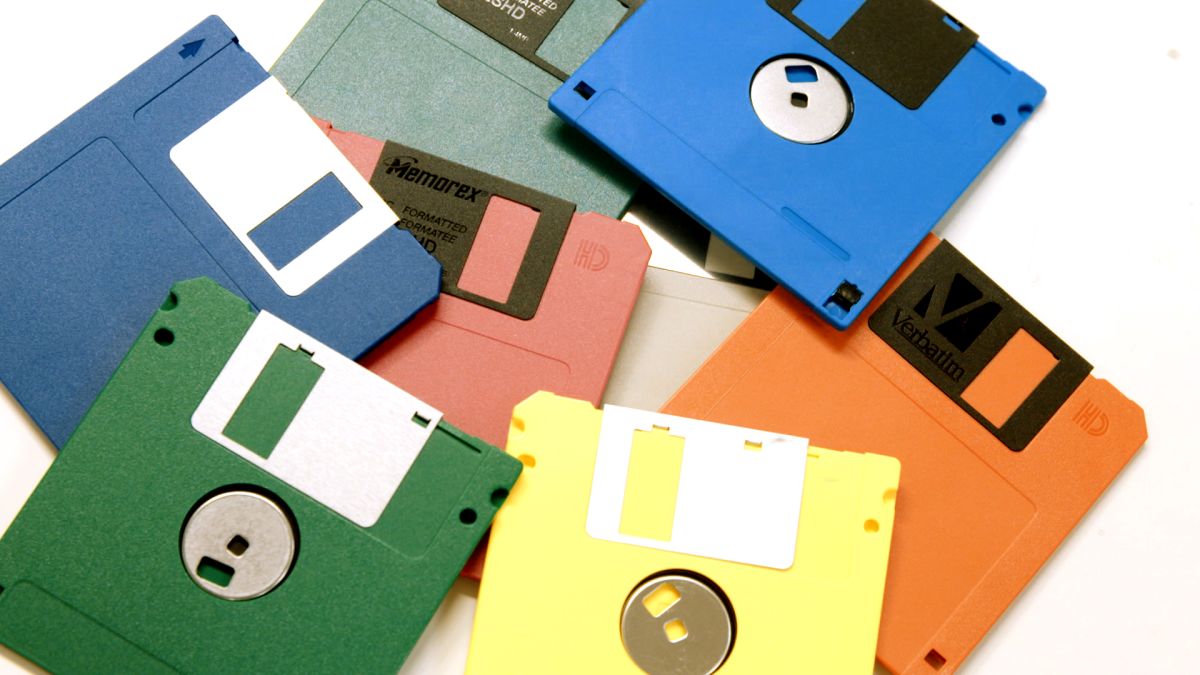
The floppy disc, also known as diskette is a storage device that allows computer users to store and retrieve data and/or information stored on the floppy diskettes.
It was introduced in 1970's and is now obsolete as it is being replaced by new forms of storage media.
Floppy disks were the first widely-available portable, removable storage devices. They work in the same way as hard disk drives, although at a much smaller scale.
The iMac was the first personal computer released without a floppy disk drive, in 1998, and from here the over 30-year reign of the floppy disk very quickly declined.
The floppy disk is a rectangular plastic device that contains a flat, circular piece of flexible plastic that stores data in a magnetic form.
There are two types of floppy disks, the 3 ½ and 5 ½ floppy disk. They can hold a maximum of 1.44MB of information.
Pen drive

The pen drive, also known as the flash drive or USB stick is a portable storage device that has a built in connector that plugs into a USB (Universal Serial Bus) port.
Pen drive is used to store data and transfer files from one computer to another.
It usually consists of a small printed circuit board in a plastic or metal casing. Only the USB connecter emerges from the plastic or metallic protective case.
USB refers to the USB connection that allows users to plug the device into the USB port of a computer.
Pen drives are more durable and expensive than floppy disks and CD-ROMs.
CD-ROM/DVD-ROM

CD-ROM which stands for compact disc read only memory is a polycarbonate with one or more metal layers capable of storing digital information.
The most prevalent types of compact discs are those used by the music industry to store digital recordings and CD-ROMs used to store computer data.
Both of these types of compact disc are read-only, which means that once the data has been recorded onto them, they can only be read, or played.
The CD-ROM uses laser technology to read or write information.
Digital versatile disc-read only memory (DVD-ROM) is a read-only digital versatile disc (DVD) commonly used for storing large software applications. It is similar to a compact disk-read only memory (CD-ROM) but has a larger capacity. A DVD-ROM stores around 4.38 GB of data. A CD-ROM usually stores 650 MB of data.
DVD-ROM also uses laser technology and it is used to distribute larger files like software, music and video.
DVD-ROM permanently stores data files which cannot be changed, written over or erased.
Today, almost all computers come along with CD-RW drives or DVD RW drives that can both be read and write information to CDs/DVDs.
Most computer systems have a DVD-ROM drive where you slot in your compact disc or DVD to read or access the information on them.
Memory Card
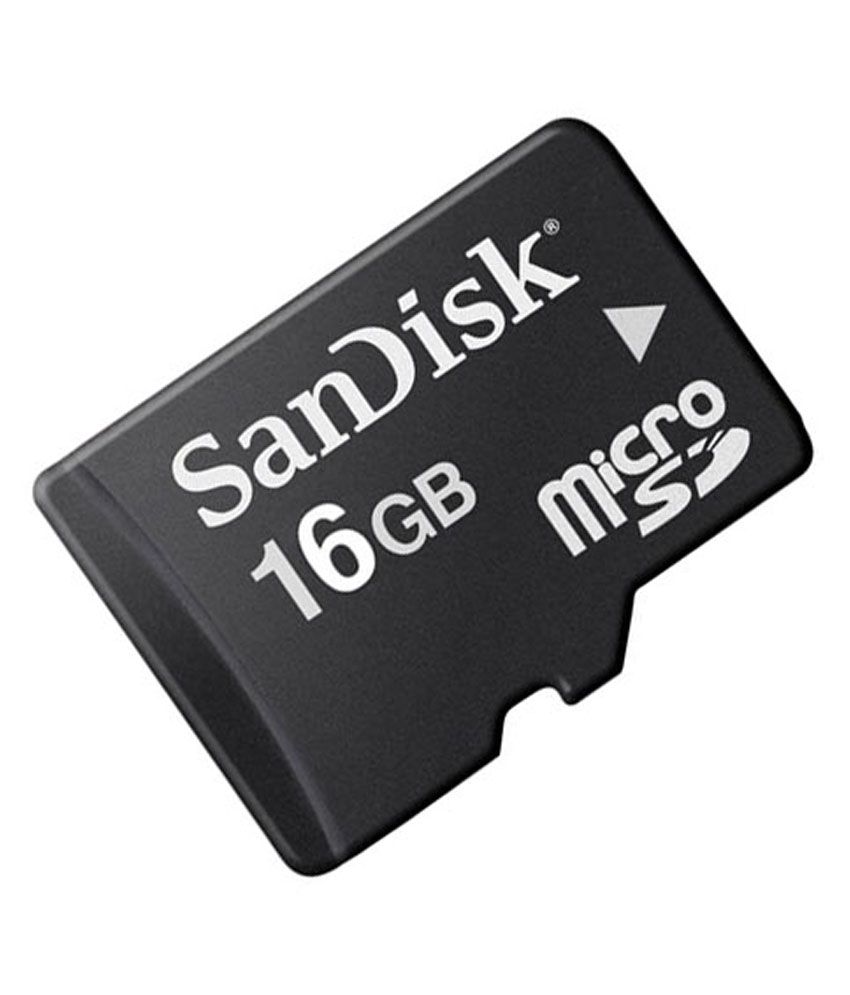
A memory card or flash card is an electronic storage device that is used for storing media and data files.
It provides a permanent and non-volatile medium to store data and files from the attached device.
Memory cards are commonly used in small, portable devices, such as cameras, laptop computers, MP3 players, video game consoles and phones.
A memory card is mainly used as a primary and portable flash memory in mobile phones, cameras and other portable and handheld devices.
You can write (store files) and read (retrieve files) from the memory card. There is a protect switch on some memory cards which when turned on, you can't write (store files) to the memory card. You will get "memory card is write protected" error if is turned on. To make it possible to write (store files), you have to turn off the switch by locating the switch button and turning it off.
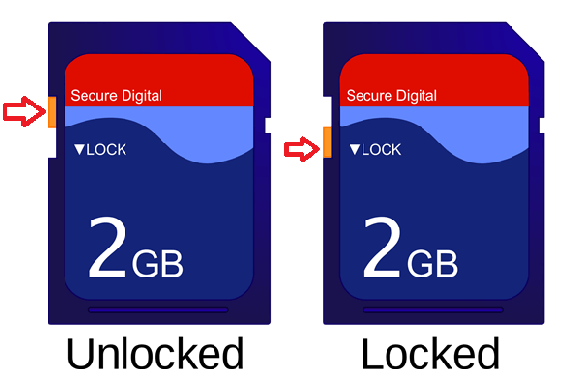
Some of the most popular forms of memory cards are:
The table below compares the basic storage devices
| DEVICEDD | METHOD | CAPACITY | DURABILITY | USES |
|---|---|---|---|---|
| Floppy disk | Magnetic | 1.44MB | Low | Distributing software, data back-up and transferring data |
| CD-ROM | Optical | 4.7 GB | High | Distributing software, music and video and for data back up |
| Pen drive | Solid State | Up to 512 GB | Higher | Transferring data and storing information |
| Memory card | Solid State | Up to 512 GB | Higher | Transferring data and storing information |
| Hard disk | Magnetic | Up to 4T | Higher | Storing information |
Storing Information
Storage devices are non-volatile, meaning information is permanently stored even if there is no electrical supply to the computer.
Volatile Memory is used to store computer programs and data that CPU needs in real time and is erased once computer is switched off. RAM and Cache memory are volatile memory.
Where as Non-volatile memory is static and remains in the computer even if computer is switched off. ROM and HDD are non-volatile memory.
Most storage devices are durable and information stored in them can be used several times and over a long period of time.
Making Data Backup
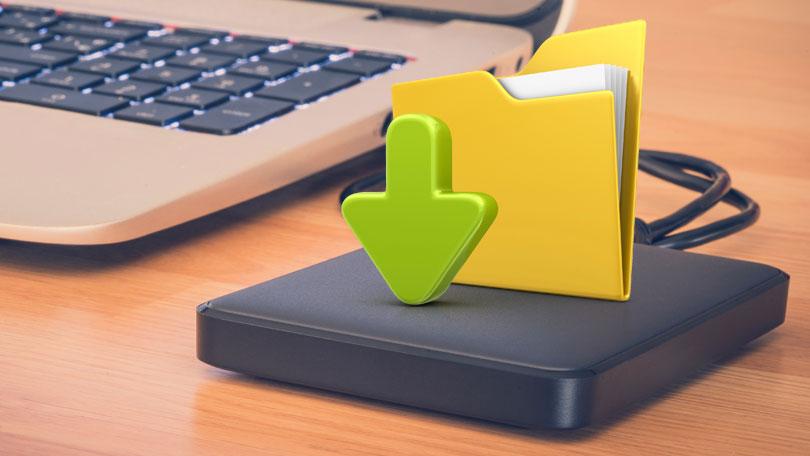
It is necessary to backup your data (copying and transferring files and folders to another location or device) because the original data can be corrupted, stolen or modified.
To avoid any inconvenience of losing data or information, you can make many backups so that you can turn to when the need arises.
Transfer Data and Information
Data and information needs a medium to travel. To transfer data from computer to another, you can either transfer the data to a storage device (pen drive or memory card) and then transfer from the storage device to the other computer.
You can as well transfer the data from the computer directly to the other computer using network cable or wireless or Bluetooth technology.
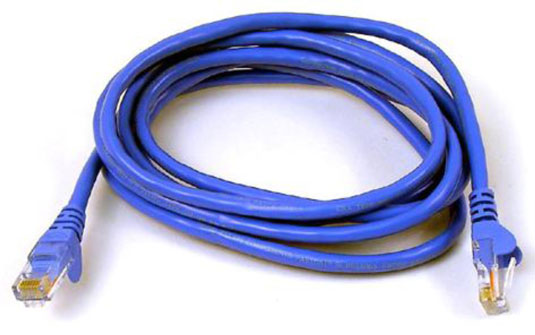
Figure: Network cable for connecting two computers
Practical
1. a) Identify the storage device below
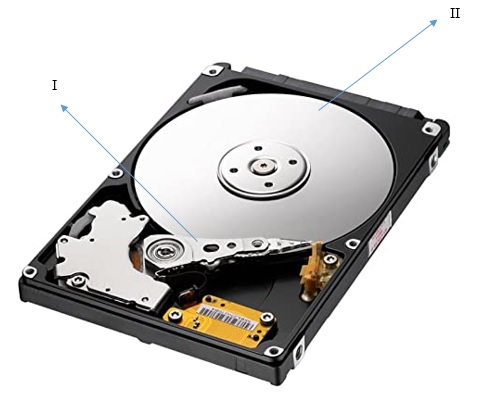
b) Label the parts I and II
c) State two uses of the above storage device
d) Is it volatile or non-volatile? Explain your answer
2. a) Insert CD-ROM/DVD-ROM or pen drive or memory card into the computer
b) Copy files and folders to the inserted storage device
3. Identify the following storage devices
a)

b)
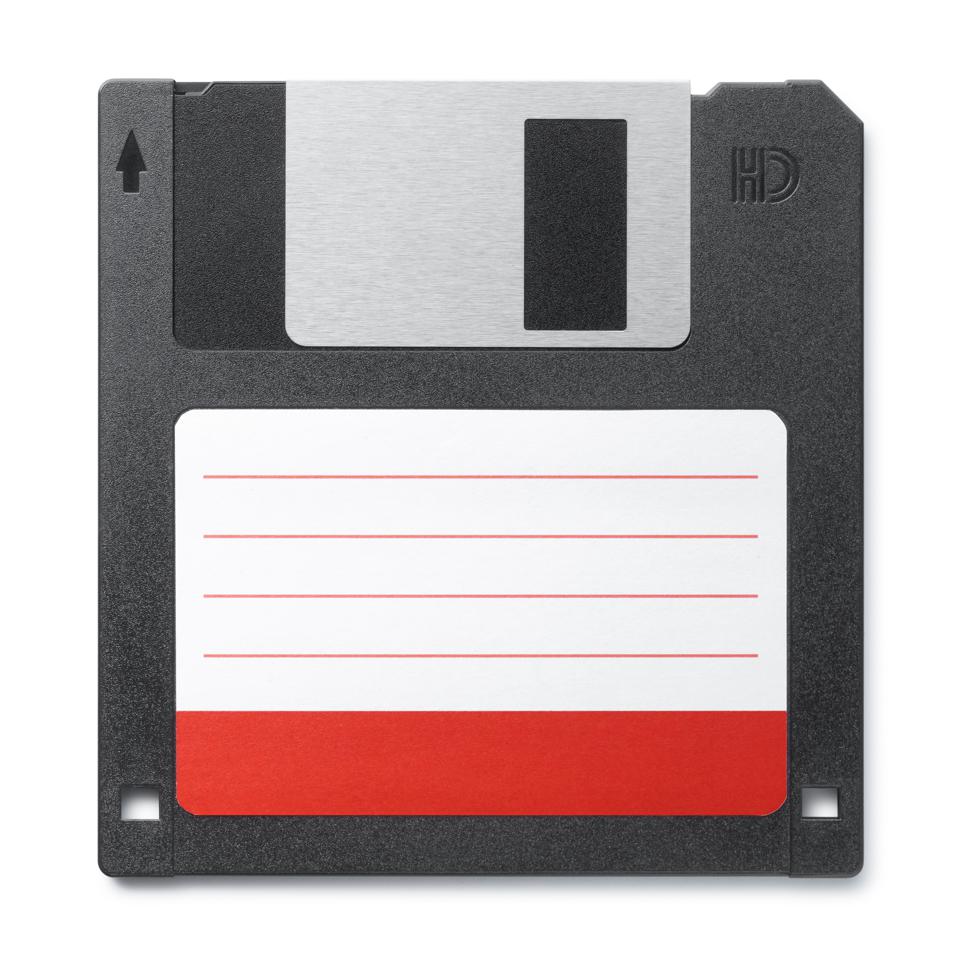
c)

d)

4. Some few days to the final year project submission deadline, Adjei's hard drive crash and lost his final year project documentation. His graduation was delayed as he has to start all over again. What advise would you had given Adjei in order for the incidence not to occur again?